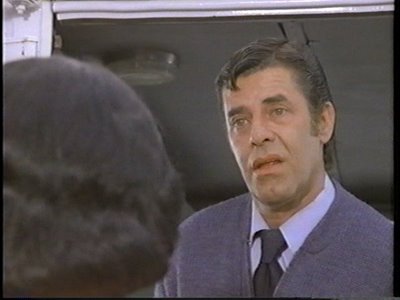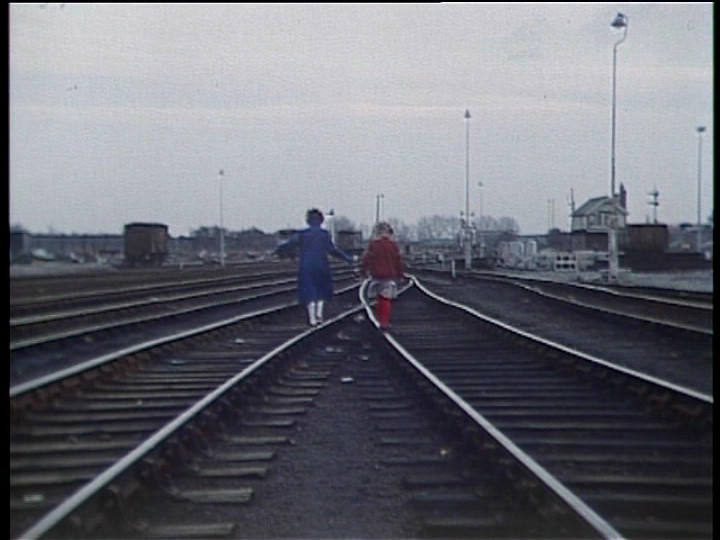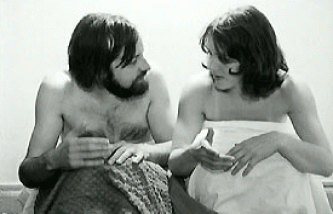From The Soho News (April 8, 1981). I haven’t reproduced all of this column, preferring to consign most of the latter part of it to oblivion. — J.R.

My dream scenario runs roughly like this: J. D. Salinger finally relents and allows Jerry Lewis to direct a film based on The Catcher in the Rye (“Salinger’s sister told me if anyone would get it from him it would be me,” Lewis remarked in a 1977 interview), and civilization as we know it collapses. In the ensuing sociocultural upheaval occasioned by this deconstruction of two critical reputations, anarchy reigns supreme: mad dogs roam the street, The New Yorker shrivels to a cinder out of acute, well-mannered embarrassment; and all those distinguished gray eminences in my profession who fear and loathe Lewis for what he says about their own bodies and social discomforts — some of whom shrink in terror from Tati for the same reasons — run screaming off to the Hamptons and Berkshires to write their own fiction, never to return.

As long as such a personal fulfillment fails to materialize, I guess you might say I’m hardly working. So is the cinema today, at least the kind I care about. Read more
Françoise Romand’s Mix-up is surely one of the greatest films I’ve ever reviewed, and I can happily report that it’s become available in recent years on DVD (which isn’t to say that it isn’t still grossly neglected); you can even find it on Amazon in the U.S. This article appeared in the February 26, 1988 issue of the Chicago Reader, and eventually it led to my becoming friends with Romand. — J.R.



MIX-UP
**** (Masterpiece)
Directed by Françoise Romand.
ANATOMY OF A RELATIONSHIP
*** (A must-see)
Directed and written by Luc Moullet and Antonietta Pizzorno
With Moullet and Christine Hébert.
GAP-TOOTHED WOMEN
* (Has redeeming facet)
Directed by Les Blank.
While the issue of representation is at the cutting edge of most debates about film, it usually gets posed in relation to fiction features; documentaries, ranging from Shoah to the evening news, are commonly exempted. The unspoken assumption that nonfictional form is a discardable, see-through candy wrapper — a means of organizing and containing information, which can safely be ignored once we get to the goodies inside — not only keeps us ideologically innocent but limits the kinds of content we may find permissible in documentaries.
Many valuable documentaries, of course, exist chiefly to let certain voices be heard that might otherwise remain silent: Carole Langer’s Radium City, about a radioactive town in Illinois, is one such example, and Deborah Shaffer’s powerful account of the Sandinista struggle, Fire From the Mountain (which is playing this week at Facets), is another. Read more





